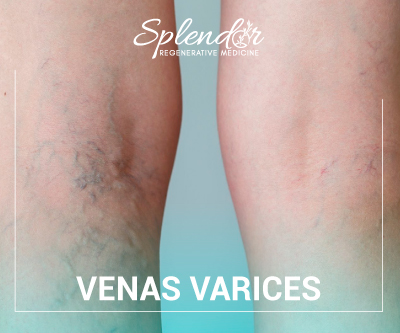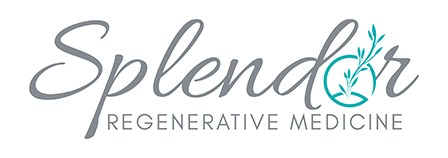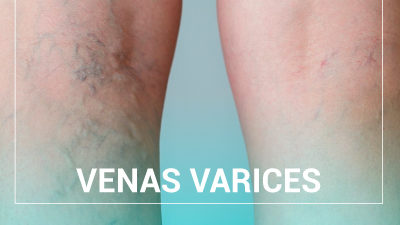
What are varicose veins?
Varicose veins ( venas varicosas) are large, swollen veins that often appear on the legs, and feet. They occur when the valves in the veins do not work properly, and that causes the blood to not circulate effectively.
Veins almost never need treatment for health reasons, but if swelling, pain and pain occurs in the legs, and if there is considerable discomfort, treatment is available.
There are several options, including some home remedies.
In severe cases, a varicose vein can rupture or become varicose ulcers on the skin.
What causes varicose veins?
To be able to help the rich blood circulate well, in the oxygen from the lungs to all parts of the body, the thick layers that your muscle arteries or elastic tissue have. To reintegrate blood into your heart, your veins depend especially on adjacent muscles, and a network of unidirectional valves.
As the blood circulates well through a vein, the valves open alternately allowing the passage of blood, then close to prevent reflux.
In varicose veins, the valves do not work well, which allows blood to accumulate in the vein, and hinders the muscles from pushing the blood. Instead of flowing from one valve to the next, blood accumulates in the vein, which in turn increases venous pressure, and the likelihood of congestion, while the vein widens and writhes.
Since superficial veins have less muscular support than deep veins, they are very likely to become varicose.
Any alteration that puts excessive pressure on the abdomen, or legs could cause varicose veins. The most common pressure inducers are pregnancy, obesity and standing for long periods.
Chronic constipation and, in rare cases, tumors, can also cause varicose veins. Being sedentary can contribute to varicose, since muscles that are out of condition, do not offer a good blood pumping action.
Varicose veins also gradually increase by weakening the veins with age. Genetics is also a significant role, since if there is someone with this problem in the family, there is a greater chance that you can have it too.
Treatment
If the patient has no symptoms or discomfort of varicose veins, treatment may not be necessary. However, with symptoms, treatment is likely to be required to reduce pain or discomfort, approximate complications, such as leg ulcers, swelling or discoloration of the skin.
Some patients would like to have treatments for aesthetic considerations.
Ligation and stripping
Doses are made, one near the patient’s groin at the top of the vein, and the other is done under the leg, at the ankle or knee. The upper part of the vein is, spliced and sealed. A thin, flexible wire is passed through the lower part of the vein and then removed, taking the vein.
This procedure usually does not require hospitalization. Ligation and dispossession can sometimes cause bruising, bleeding and pain.
After surgery, most patients will need up to three weeks to recover, before returning to work or another task. In the course of recovery time, compression stockings are used.

